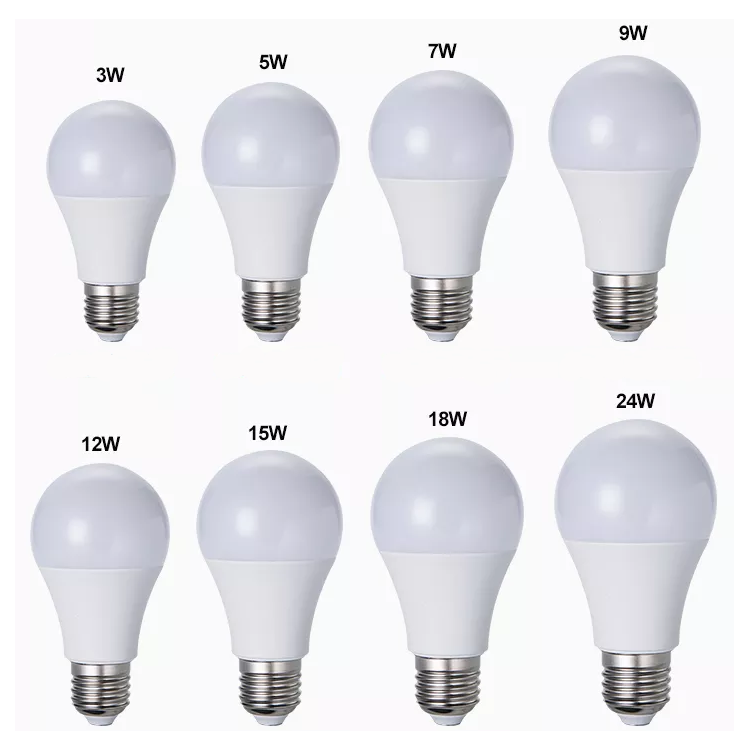

About Us
Lorem ipsum dolor sit amet, consectetur adipiscing elit. Aenean ac lorem pretium, laoreet enim at, malesuada elit.
Categories
Recent Posts
Archive
Tags
There’s no content to show here yet.

Lorem ipsum dolor sit amet, consectetur adipiscing elit. Aenean ac lorem pretium, laoreet enim at, malesuada elit.
There’s no content to show here yet.

